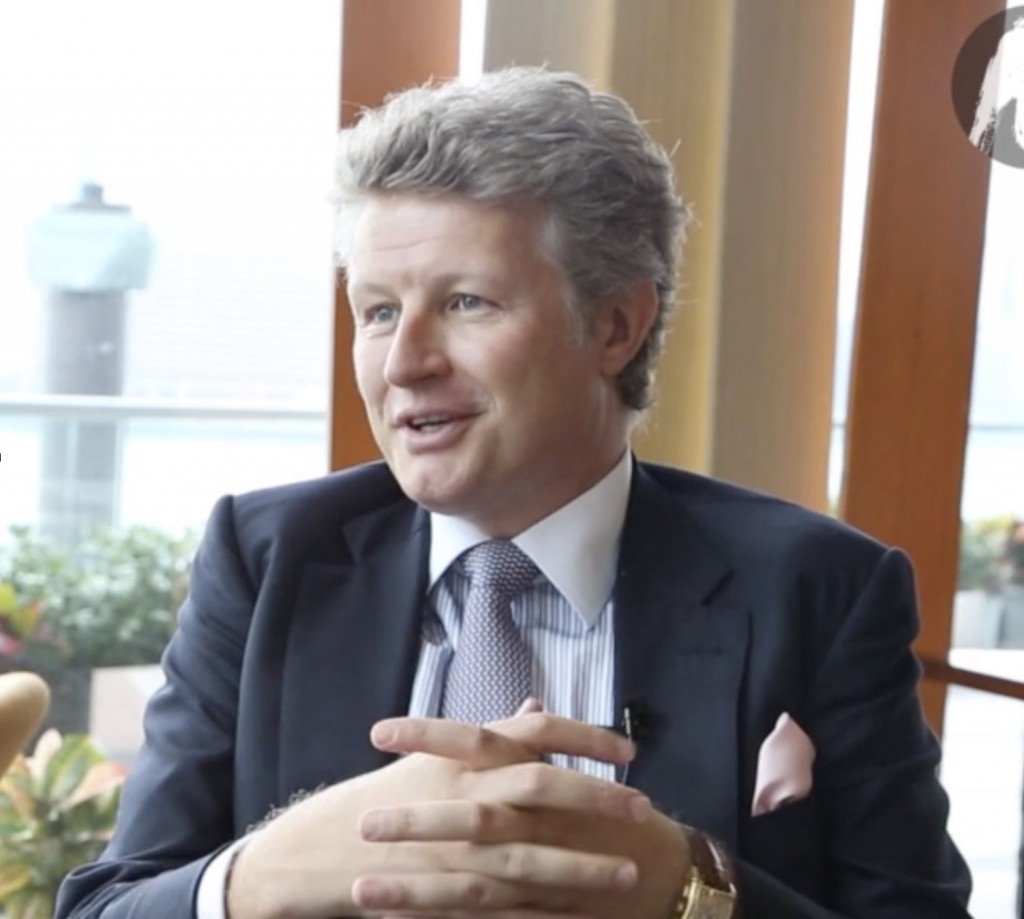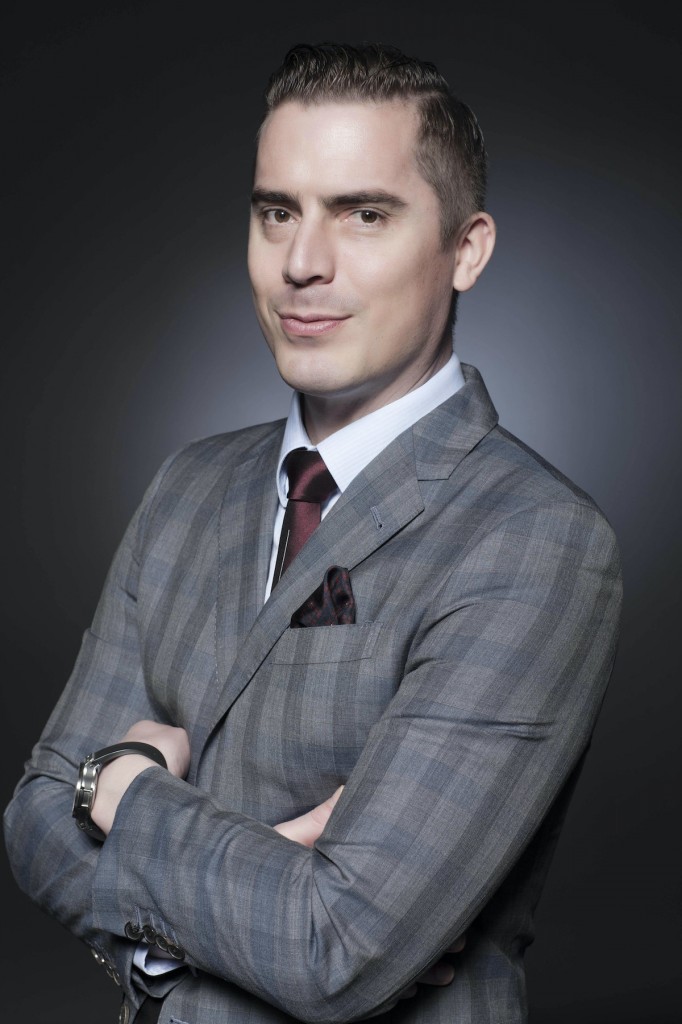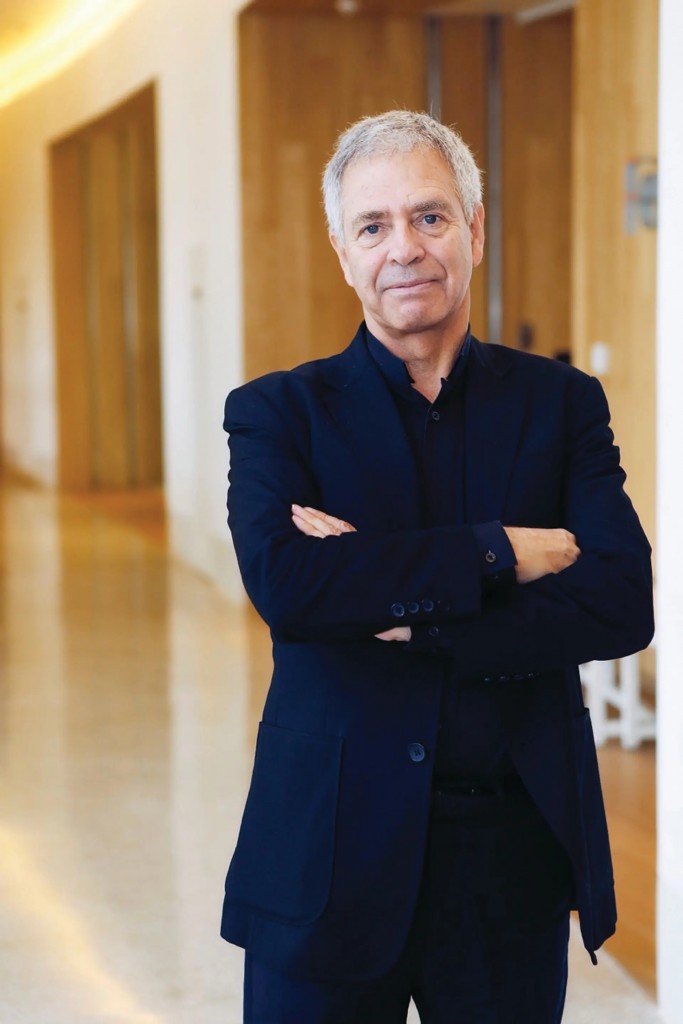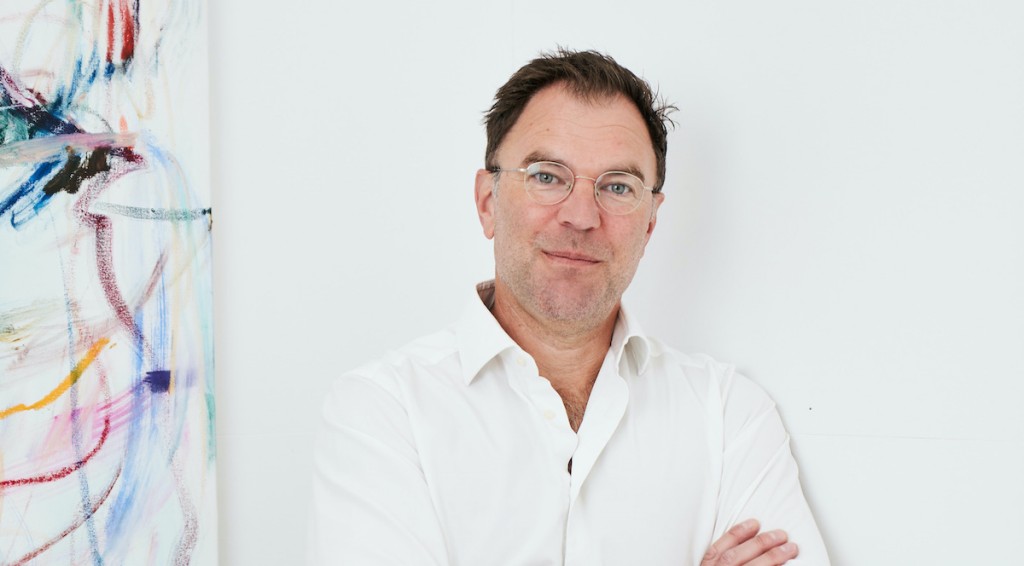The first-generation art school such as the Beiping Art Specialized School and the Fine Arts Department of North China University laid the artistic foundation for Beijing. Since the reform and opening-up, the popularity of Western contemporary artists like Robert Rauschenberg and Andy Warhol has led local artists to absorb the influences of contemporary art intensively.
One of the catalysers of the Beijing contemporary art scene is the Beijing Dangdai Art Fair. Founded in 2018 held annually in May at the National Agricultural Exhibition Center in the core area of Beijing, it is dedicated to exploring and promoting the value of contemporary art in China and around the world. The fair focuses on curation, locality, and public engagement, featuring ten closely related sectors— STORY, VALUE, FUTURE, WONDER, DIGITALLATION, FOCUS, ENERGY, CO-TIME, MEETING and SYMPOSIUM—to discover and organize the substantive and systematic values of contemporary art. It aims to create a top-level platform for art trading, exhibition, and communication, forming urban art events that engage various cooperating partners.
Before this year’s Beijing Dangdai Art Fair from 23–26 May, LARRY’S LIST has spoken with five international art collectors about collecting art in the context of East-West cross-cultural exchange.
Fabien Frys
Beijing, China
@fabienfryns
What role do you think a Chinese local contemporary art fair play in the development of the contemporary Chinese art market?
Beijing Dangdai Art Fair can play a significant role in the rapid development of the contemporary Chinese art market by providing a platform for local artists to showcase their work, attracting international collectors and curators, fostering cultural exchange, and boosting the visibility and commercial value of Chinese contemporary art. These fairs serve as hubs for networking, education, and promotion of emerging talents, thus contributing to the growth and dynamism of the Chinese art market. Additionally, they contribute in establishing China as a notable player in the global art scene and drive innovation and creativity within the domestic art community.
From a curator’s perspective, what do you think of Beijing Dangdai’s curatorial decisions regarding putting different genres of artworks together?
Integrating different genres allows for a rich exploration of themes, techniques, and conceptual approaches, fostering a more inclusive and engaging artistic discourse. It can also attract a broader audience and encourage cross-pollination of ideas within the art community. Beijing Dangdai’s curatorial decisions to mix different genres of artworks can contribute to a more dynamic, interconnected, and culturally significant art landscape, offering audiences a compelling and immersive artistic experience.
Can you give a piece of advice for non-Chinese collectors who would like to start collecting Contemporary Chinese art?
Collecting art is a serious “business”, and it’s important to dedicate time to do research, build relationships (with galleries, artists, curators and fellow collectors), and develop one’s own taste. An art fair is a great platform to explore a diverse range of artworks, meet artists in person, and immerse yourself in the local art scene. This firsthand experience will help you discover what resonates with you as a collector.
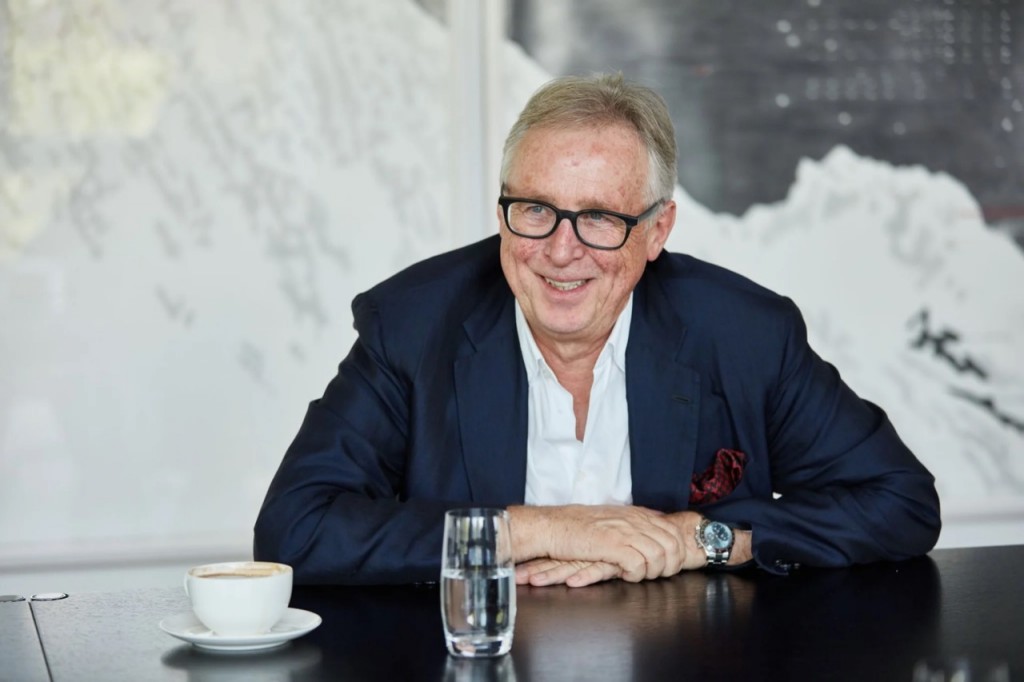
Heiner Wemhöner
Herford, Germany
Do you travel often to see Chinese contemporary art?
My enthusiasm for contemporary Chinese art was kindled in the early 2000s. During this time, I travelled to the People’s Republic much more frequently than before to find a suitable location for our Chinese mechanical engineering company.
The starting point for my trips was usually Shanghai. I always took the time to look at and acquire art while I was there. However, travelling specifically for art is a luxury that I allow myself only to a limited extent. This year, however, I went to Art Basel Hong Kong for the first time in a while and last autumn to Asia Now in Paris. Fortunately, most international galleries now also have Chinese works in their programmes. A few days ago, for example, I visited Zhang Enli’s exhibition at Xavier Hufkens in Brussels.
What would you recommend visiting during Beijing Dangdai?
Unfortunately, I haven’t been to Beijing for far too long. The Ullens Centre for Contemporary Art (UCCA) is certainly always worth a visit. But what I would always recommend to anyone visiting a fair is to take at least two days to visit it.
Can you give a piece of advice for non-Chinese collectors who’d like to start collecting Chinese Contemporary art?
The motivations for developing a collection focus are so diverse and personal that it is difficult for me to give recommendations or advice here.
On the one hand, it helped that I was lucky enough to be given a pre-selection of potentially interesting positions by good gallery owners (such as Lorenz Helbling, who was one of the pioneers of the art market in China). On the other hand, it was always important for me to be guided by my curiosity. You will only ever find the right art for you if you follow your instincts.
Benjamin Sigg
Hong Kong
What is your collecting philosophy?
My collecting philosophy is simple—collect only art that you like to see around you. Follow your own taste, and collect what appeals to you. The more you get out to see, the more art grows on you, it’s a very personal thing, and that is where the beauty lies. Unlike my great uncle or other collectors, I do not really have a specific approach, I simply buy what my wife (very important) and I like. Of course in my early days, I got inspired by Uli, and Chinese contemporary art was my focus. I think the relation to the artists and the understanding of their background and inspiration also plays an important role.
When did you first get involved with Chinese contemporary art?
I started looking at Chinese Contemporary art in the mid-90s. This was when my family found a fascination of the art coming from this vast space. The history of art in China dates back to the early Stone Age, so the evolution of art is immense. But frankly speaking my collecting and focus on Chinese contemporary art only started in the early years of 2000; and my buying frenzy mostly started after the 2010, when I moved to Hong Kong, where I had the opportunity to visit mainland, my main focus. Over the last 30 years, Chinese Contemporary Art has thrived and experienced an astronomical rise in the global art market.
Compared to the time when you were first introduced to Chinese contemporary art, how have the attitudes of the Western collectors/institutions towards Chinese contemporary art shifted?
I believe the history and boom over the past 40+ years says it all. Chinese contemporary art will always be there and the market is too big to be overlooked. Maybe some collectors and institutions are not spending as much as 10 or 20 years ago, but there will always be new buyers. And on top of that, with today’s shift in AI, fractionalised ownership through tokenisation, the whole market eventually will change. But the fact that Chinese contemporary art still has a great importance is to me quite clear. If you like the perfect place to view a systematic, historic collection of Chinese contemporary art, go visit the world-class museum M+ in Hong Kong, that is a testament and the SIGG Collection is part of contemporary art history.
Which Chinese contemporary artists are you currently following?
As I mentioned before, the more you see, the more art grows on you. So I don’t have specific artists that I would tell you to look out for. One can simply visit the world’s greatest art fairs and exhibitions at museums, follow other collectors or the auction market. I would advise anyone to just follow your instinct and make your own opinion on who’s the greatest. But yes, I follow certain artists from, in my view, some of the world’s greatest galleries… including but not limited to Tang Contemporary, Urs Meile, Bank/ Mabsociety, Ota Fine Arts, Pearl Lam, HdM, Hauser & Wirth, Beijing Commune and HIVE. They are some of my favourites.
Sylvain Levy
Paris, France
@dslcollection
You have made wonderful connections with many contemporary Chinese artists. How do you think a local art fair in Beijing can help collectors discover and build relationships with the young generation of Chinese gallerists and artists?
I think the best way is to have a relationship with collectors throughout the year, not just during the few days of the fair. It means that throughout the whole year, the art fair should communicate mainly through social networks, but also organise events such as conferences, visits to artists’ studios and galleries. It should also create a collectors’ club. Education and entertainment would result in the creation of desirability to become a collector.
You are dedicated to showing your art collection with digital tools. We are curious, what do you think about the digital art sector DIGITALLATION of Beijing Dangdai?
It is a good sector, especially because more and more Chinese artists are using digital tools. This part of the fair should also privilege digital and virtual accessibilities.
Your collection bridges Western and Chinese contemporary culture and scholarship. What’s your advice for non-Chinese collectors who want to start collecting Chinese contemporary art?
First of all, I encourage everyone to be curious about Chinese contemporary art. China has 3,000 years of culture with many very skilled artists. Even more, many of the contemporary Chinese artists use all kinds of media to express themselves and know how to make their works resonate with the tradition or their time.
The best way for a non-Chinese to access Chinese contemporary art and to start collecting naturally is to do the homework—connecting with local galleries and frequently consulting art posts and information via WeChat.
Matthias Arndt
Athens, Greece/ Berlin, Germany/ Melbourne, Australia
@m.arndt
As a globetrotter, what do you think about the contemporary Chinese art market compared to the art markets in other regions?
I have experienced the Chinese contemporary art market as extremely active over the past years. The collectors, curators and galleries act swift and informed. Apart from the well-established names, we have helped private collections and foundations with a number of acquisitions in the emerging sector.
Which are the emerging Chinese artists on your radar right now?
For our personal collection, we are looking into a few positions that I would prefer not to discuss, as we are in the midst of negotiations and transactions. In my capacity as private advisor, we have helped acquire art works by Fang Yuan, Zhang Zipiao, Xiyao Wang and a few others, I cannot reveal here. One of the artists we would love to have in our collection also is Li Hei Di.
What would you like to explore more in the Beijing local art scene?
It has been four years since I have not been back to Beijing, so I need a proper catchup and plan a trip for the second half of this year. I have not visited X Museum yet, and there are a number of private museums and galleries on my list. I also look forward to visiting artist’s studios across Beijing and its surroundings.
More information: Beijing Dangdai Art Fair
Instagram: @beijingdangdai





